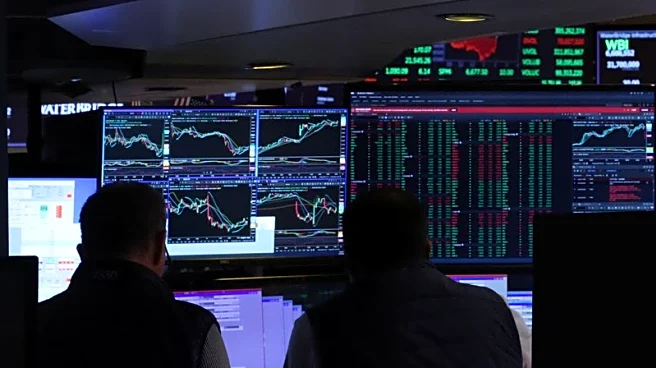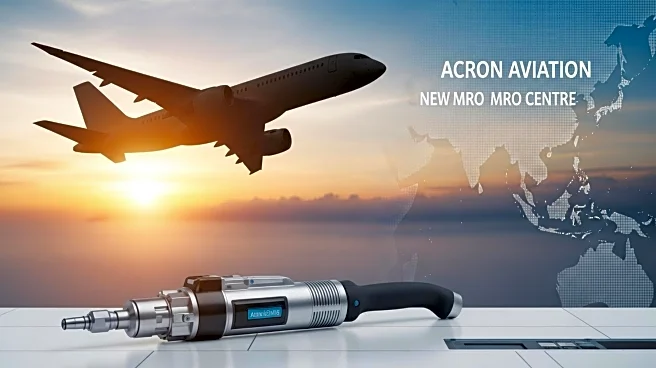What's Happening?
The agricultural sprayers market is experiencing significant growth, driven by advancements in precision farming and sustainable crop protection technologies. Valued at US$2.9 billion in 2024, the market is projected to grow at a CAGR of 6.1%, reaching US$4.4 billion by 2031. The adoption of advanced spraying technologies, including drone sprayers and sensor-based systems, is transforming modern agriculture. Self-propelled sprayers lead the market due to their efficiency and suitability for large-scale farms. Asia-Pacific is the largest regional market, supported by government initiatives and mechanization in countries like China and India.
Why It's Important?
The growth of the agricultural sprayers market is crucial for enhancing global food security and sustainable farming practices. As the global population continues to rise, efficient crop protection and nutrient management are essential to meet food demand. The adoption of precision agriculture technologies helps optimize resource use, reduce environmental impact, and increase crop yields. This market expansion also reflects a shift towards data-driven agriculture, which can improve productivity and sustainability in farming. The development of eco-friendly spraying technologies further supports environmental goals and regulatory compliance.
What's Next?
The market is poised for further growth as precision and smart agriculture technologies continue to evolve. The integration of IoT and AI-based systems in spraying equipment offers opportunities for targeted applications and efficiency improvements. Emerging economies present untapped markets, with government support accelerating adoption. The demand for sustainable sprayers, including solar-powered systems, is expected to rise as environmental concerns drive innovation. Companies like John Deere and DJI Agriculture are leading advancements in autonomous and drone-based spraying technologies, setting the stage for future developments.











